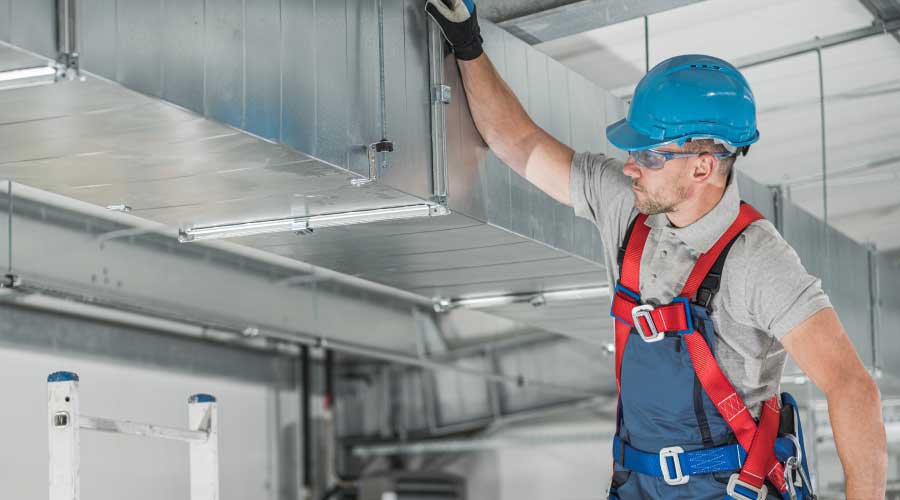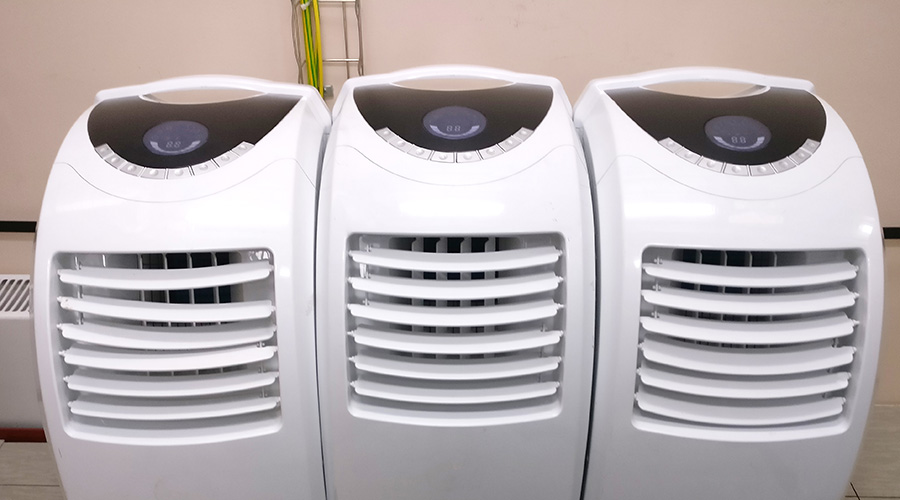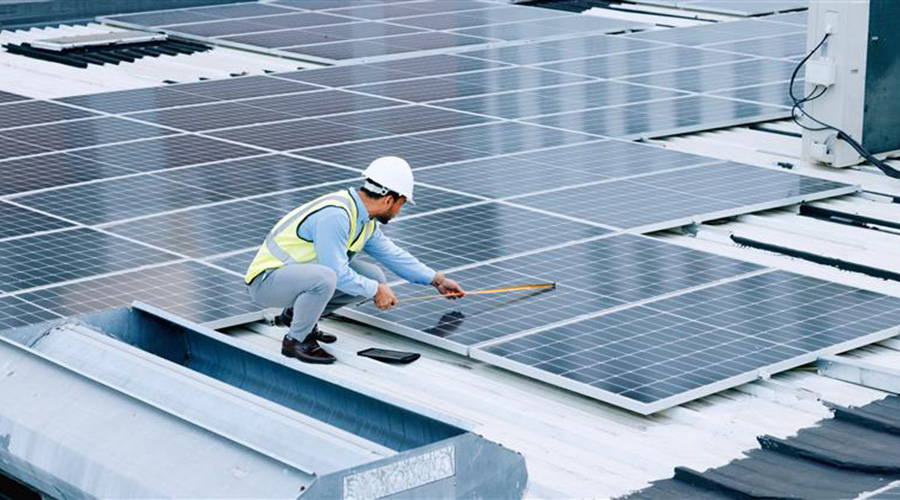With Advanced Features, Fan Coil Unit Systems Can Achieve Today’s Energy Efficiency Goals
The key is to apply new technologies and design strategies to the 60-year-old four-pipe system.
Advances in HVAC equipment design and controls technology, coupled with mandates for increased energy efficiency, have led to an onslaught of HVAC terminal unit designs. New state-of-the-art systems like chilled beams, dedicated outdoor air system (DOAS) terminals, variable air volume (VAV), and variable refrigerant flow (VRF), have overshadowed the application of old-guard, four-pipe fan coil unit systems. But a four-pipe system can easily work its way out of the shadows: Many of the technological advancements and control strategies implemented in newer HVAC systems are also effective when properly applied to a four-pipe fan coil unit system.
With a few technological tweaks, the four-pipe system can rival newer systems and likely exceed today’s energy efficiency goals and mandates. The efficiency improvements in newer buildings have less to do with the HVAC system type and more to do with application of technological developments and more efficient control strategies. The four-pipe fan coil unit system has been around for roughly 60 years. It’s recognized in the industry for high reliability and performance. Unfortunately, this system has been around so long that it’s often associated with dated facilities, which are much less efficient than new or renovated structures containing newer systems.
Technological Developments
Accuracy, interoperability, and user friendliness of building automation systems have significantly improved over the last 30 years and have led to highly reliable and repeatable control in areas such as temperature control, variable flow control, demand ventilation control, and plant equipment staging.
Utilization of condensing type boilers is no longer limited to a few manufacturers. Developments in condensing boiler designs has led to high efficiency heating water generation (greater than 90 percent efficiencies) as well as true variable primary flow pumping with high turn-down which has led to reduced heating water system pumping costs.
Chilled water generation efficiencies have also realized significant improvements over the last 30 years. Variable frequency drives (VFD) provide variable head control for higher efficiency part load performance. Magnetic bearings (oil-less technology) minimize shaft friction losses, oil pumping power, and oil residue build-up which reduces heat transfer efficiency. Smart programmable logic controller-based chiller controls learn and map the facilities specific operational profile to optimize the chiller performance. Chiller design and operating controls allow for higher evaporator delta T and lower discharge water temperatures.
Improvements in compressor motor control using variable speed controllers and digitally controlled motors, coupled with exhaust air heat recovery, has made low dew point dedicated outside air units an efficient method for outdoor ventilation air delivery and building humidity control.
ECM motors have been common in fan-powered air terminals for years. Using these motors at terminal equipment (VAV terminals, DOAS terminals, hydronic heat pumps) has resulted in significant facility fan power energy savings when compared to use of split capacitor motors.
Many of these technological advances are fundamental to the functionality of modern HVAC systems. While these advances are also applicable to a four-pipe fan coil unit system, they are not fundamental to its function.
Related Topics:














